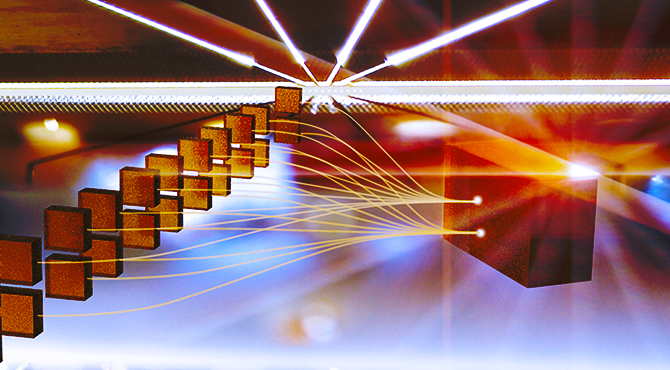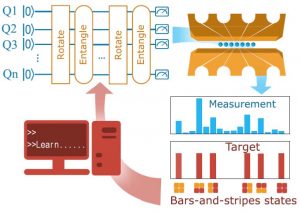
We train a small quantum computer to perform “generative modeling” of a particular class of quantum states in one of the first demonstrations of machine learning techniques applied to a quantum computer. Multiple layers of a standard quantum circuit are generated, with the many classical parameters defining the circuit optimized to minimize a cost function. We use different types of classical optimization subroutines, showing that in some cases, the classical optimizer is the performance bottleneck.

In a related experiment, we use a variational technique (quantum approximate optimization algorithm or QAOA) to generate “Thermofield Double States.” These states are pairwise entangled across a ladder network when considered as a whole, but become identical thermal mixed states when considered individually, and their evolution scrambles qubits (see below). TFD states are relevant to theories of quantum gravity and wormholes, where the role of traversing a wormhole takes the form of quantum teleportation across the circuit.
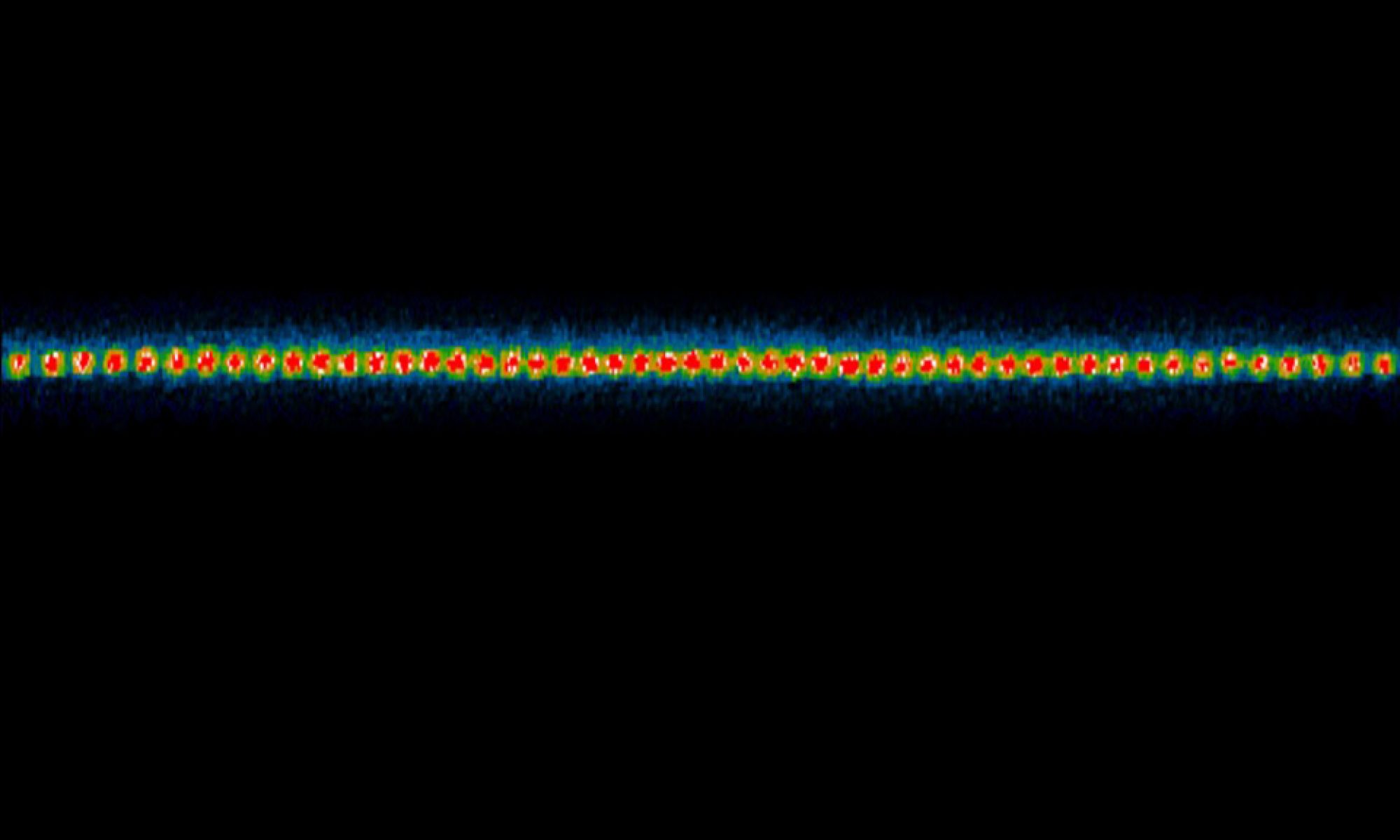
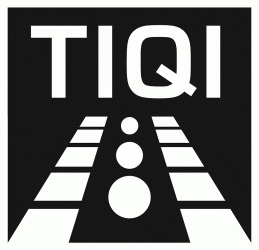
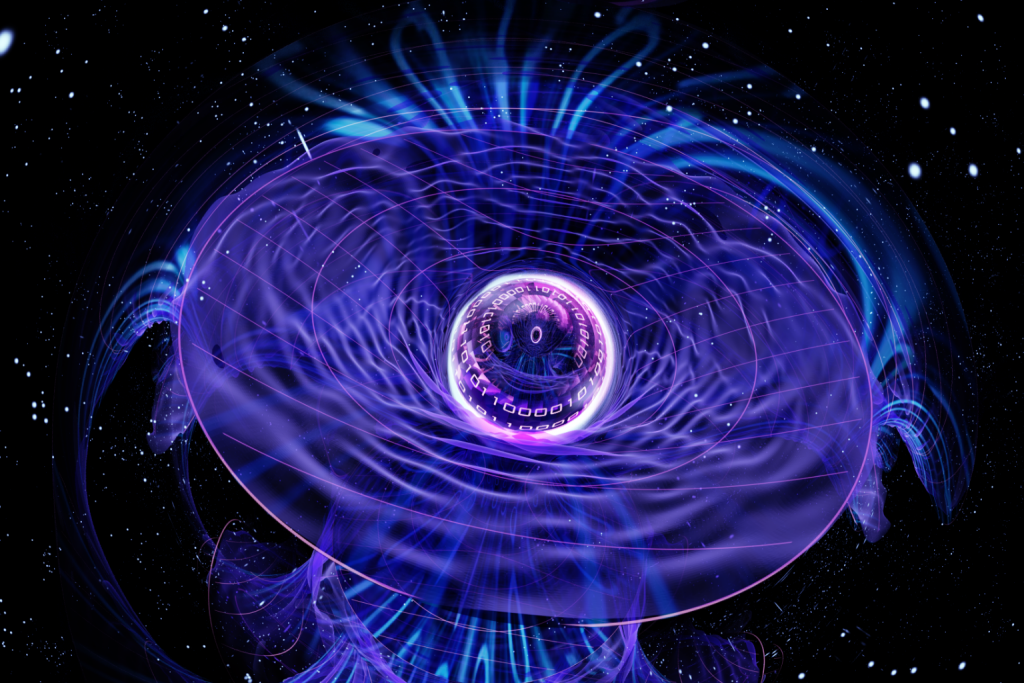
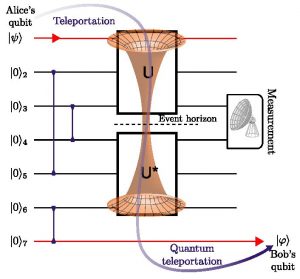
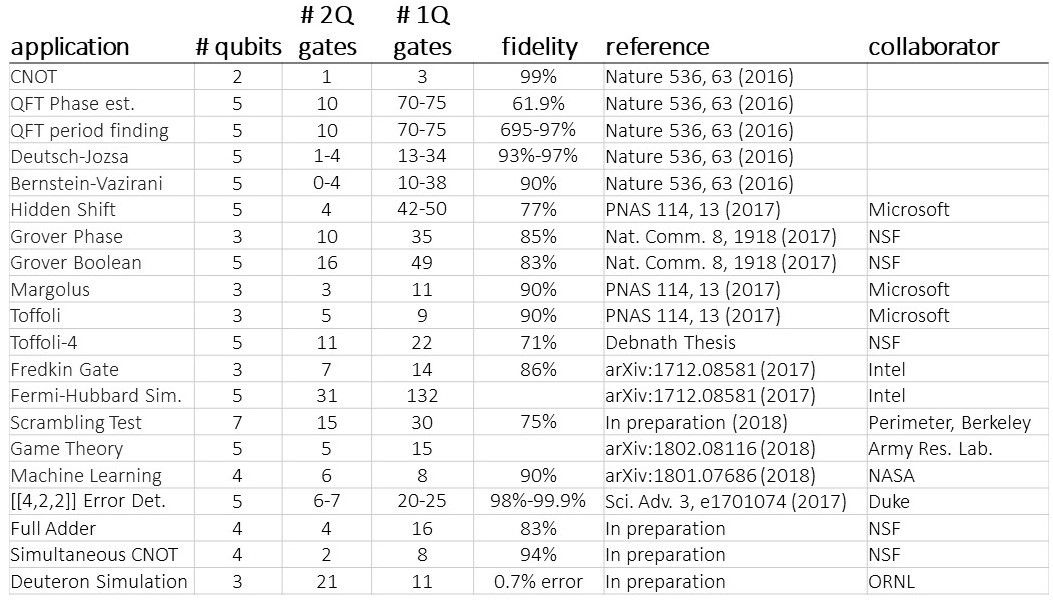
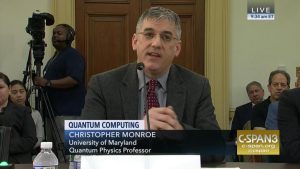 May 18, 2018: U.S. House of Representatives Committee on Energy and Commerce,
May 18, 2018: U.S. House of Representatives Committee on Energy and Commerce, 
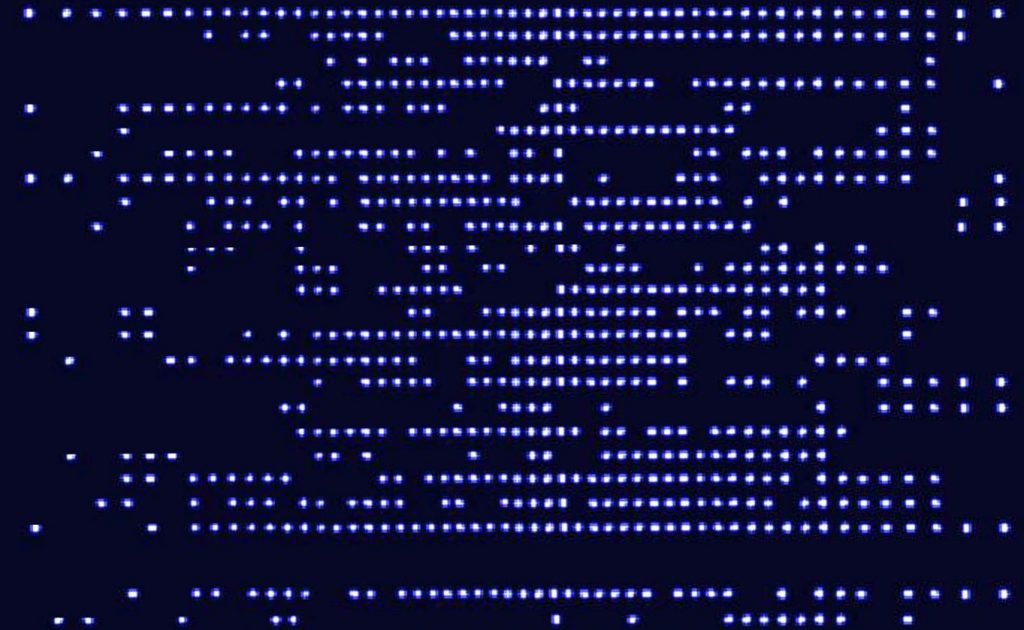
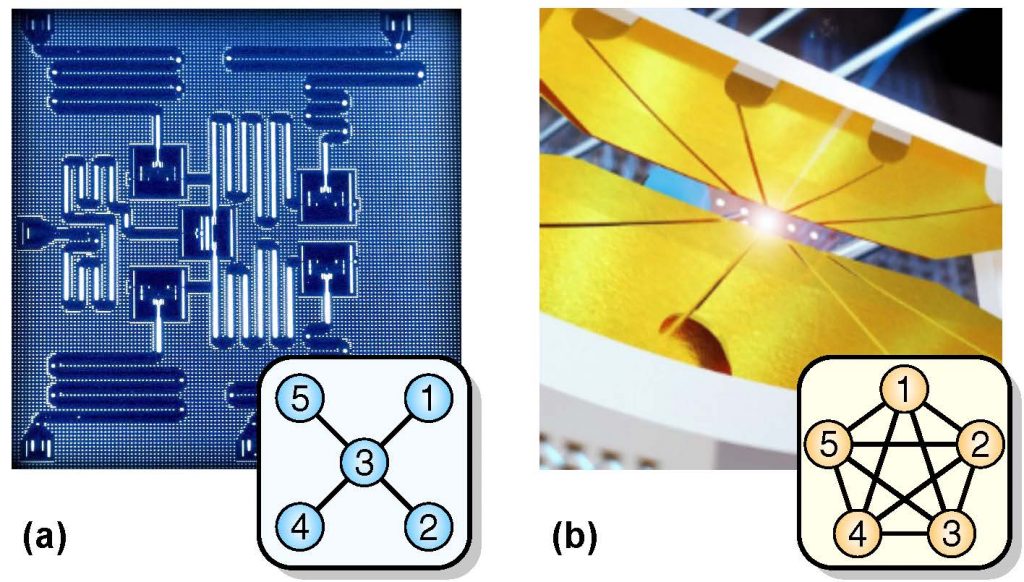 Connectivity between qubits in a quantum computer may be as important as clock speed and gate fidelity when it comes time to build large-scale quantum computers. We run several quantum algorithms on two 5-qubit programmable quantum computers:
Connectivity between qubits in a quantum computer may be as important as clock speed and gate fidelity when it comes time to build large-scale quantum computers. We run several quantum algorithms on two 5-qubit programmable quantum computers: 


